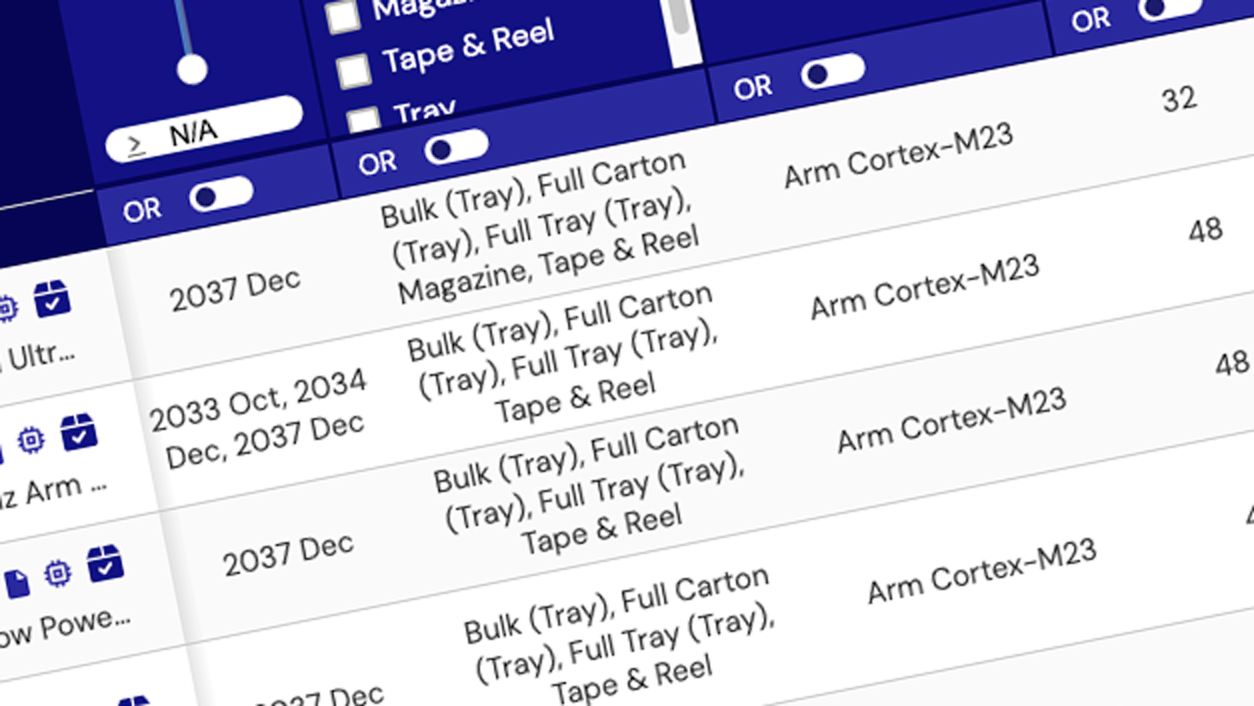Renesas' history with RS-232 and RS-485/422 transceivers dates back to the 1970s and we are still a market leader today. Whether it is a basic, low cost product or an enhanced product with added features, we have what our customers need for their next design.
Six Ways Renesas Enhances Your Serial Port
IEC 61000 Enhanced ESD Protection
Full-featured transceivers include improved ESD protection on bus pins that connect to an exposed port on a piece of equipment. Exposure makes the port susceptible to ESD events. Even connecting a charged interface cable could destroy an unprotected transceiver.
ESD protection falls under two standards: Human Body Model (HBM) standard and the IEC 61000-4-2 (IEC). The HBM test emulates the types of ESD events seen during manufacturing and handling, while the IEC ESD test is an end equipment test intended to harden equipment to ESD events seen in the field.
The special ESD structures utilized in Renesas' full-featured families allow these transceivers to meet the highest level for each of the standards.
Ruggedized Fault Protected: Overvoltage Protected (OVP)
Overvoltage protected, or fault protected, transceivers are designed so that the RS-485 bus pins can handle voltages much higher than those required by the RS-485 standard. This protects the device when power is routed in the same conduit as the data cable.
Intersil devices also feature a wide common mode voltage range (CMR) to compensate for the common mode voltage pick-up that occurs in long networks and noisy environments.
The ±16.5kV HBM ESD, the OVP and wide CMR features combined make the Renesas devices some of the most robust transceivers available.
High-Speed Transceivers
Applications like robotics, motor control and data acquisition require high data rates for minimal latency and increased throughput. Renesas' full-featured, high-speed family specifies the maximum Rx and Tx skews at 1.5ns and the maximum part-to-part skew at 4ns.
- ISL3179E (3V) and ISL3159E (5V) are specified at 40Mbps
- ISL3259E (5V) operates at data rates up to 100Mbps
- ISL3159E and ISL3259E have a Tx VOD > 2.1V (for high-speed PROFIBUS DP networks)
- 125 °C option to compensate for high temperatures in motor control applications
- MSOP and DFN packages are available
Low Voltage & Low Power
Most current-generation RS-485 families have a “hot plug” function that disables the device when Vcc drops considerably below its nominal voltage (e.g., at 2.5V for Vcc = 3.3V), so 2.5V or 1.8V applications require ICs specifically designed for those operating voltages.
Single Tx (ISL32614E), Single Rx (ISL32610E), and Transceivers (ISL32602/603E) designed for low operating voltages:
- Operate from voltages as low as 1.8V
- Feature quiescent supply currents (Icc) as low as 80µA
- Operate at data rates as high as 256kbps (Applications requiring higher data rates can use the ISL32603E or ISL32614E at 460kbps by powering them from a 3.3V supply)
Power-critical applications such as remote sensor links and battery-operated security systems benefit from this level of performance.
Low-Cost Transceivers
Short, simple, low-node-count networks can often use low-cost RS-485 transceivers.
- Short networks don't pick up much common mode voltage (CMV) and do not need more than the standard CMR or overvoltage protection (OVP).
- Simple networks with ≤ 32 nodes do not require fractional unit load devices, and electrostatic discharge (ESD) protection may not be required. (Although some basic devices do include ±8kV to ±15kV Human Body Model ESD protection).
- RS-422 networks with single always-enabled drivers, do not require bus biasing because the bus is constantly driven.
- An electrically short bus does not need to be treated as a transmission line and does not require bus termination. (This may not apply in multi-driver systems).
Multiprotocol
Many applications need both an RS-232 and RS-485 serial port. The dual-protocol devices integrate both transceivers into a single package. The single-channel device can be programmed for either interface. The two-channel configuration is very flexible as each channel can be either port.
Both 3.3V and 5V supply options are available. An in-line package and a more compact QFN package are available. The QFN package has additional features including a logic supply pin (VL) and selectable RS-485 data rates. The RS-232 data rate can operate up to 400kbps.
